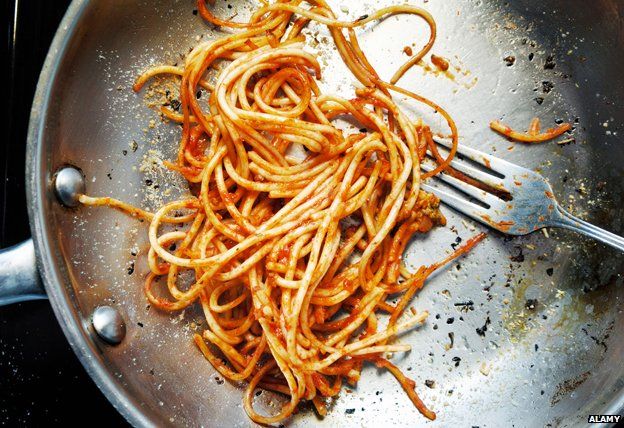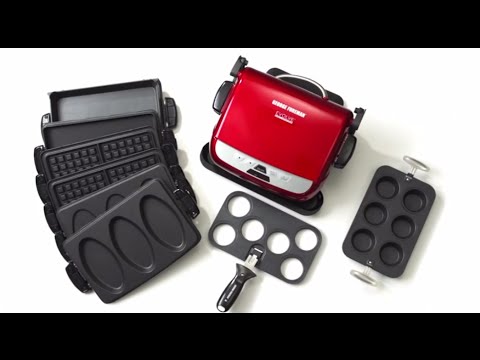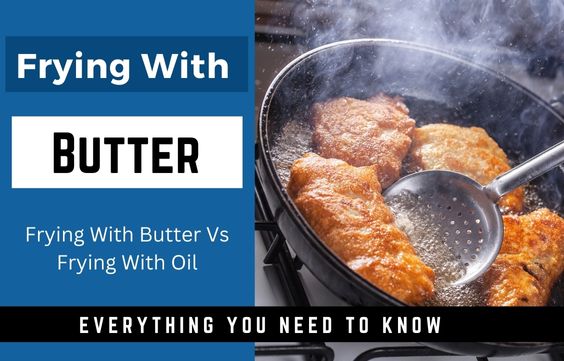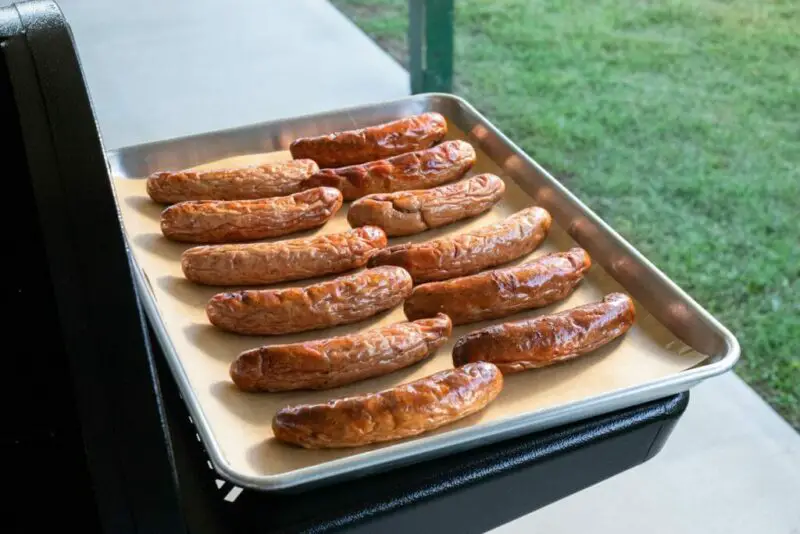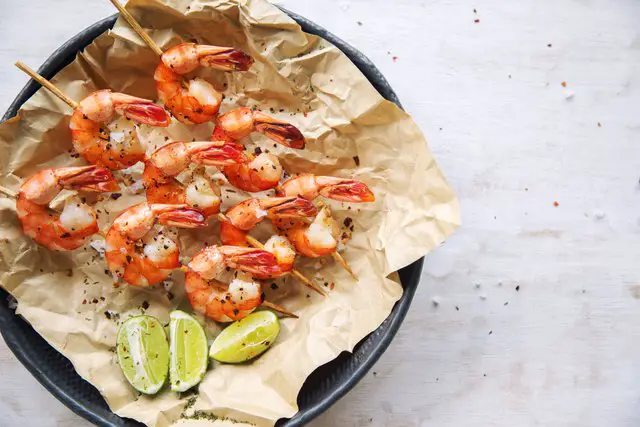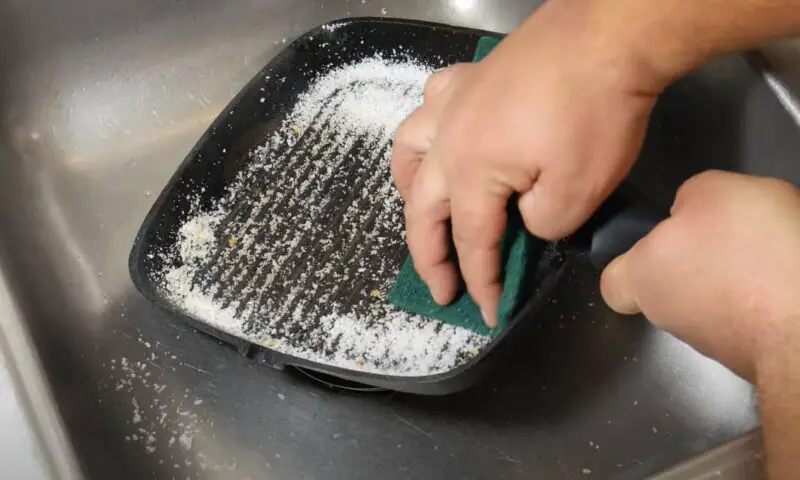Can You Put Parchment Paper in a Sandwich Press?
When it comes to making a quick and easy meal, sandwich presses have become a popular choice for many households. These countertop appliances allow you to create delicious sandwiches with perfectly toasted bread and melted fillings. However, it’s important to use the appropriate materials when using a sandwich press to ensure both safety and optimal results. This leads us to the question: Can parchment paper be used in a sandwich press? In this article, we will explore the role of parchment paper, compare it to sandwich presses, discuss alternatives, conduct an experiment, and provide tips for safe usage.
Understanding Sandwich Presses
Before delving into whether or not parchment paper can be used in a sandwich press, let’s first understand what sandwich presses are and how they work. A sandwich press, also known as a panini press or a grill press, is an electric appliance used to toast sandwiches. It typically consists of two hinged plates with ridges or grooves that provide grilled markings on the bread. The heat generated by the press ensures that both sides of the sandwich are evenly toasted and any fillings inside are melted.
Common types of sandwich presses available in the market include traditional flat models as well as those with floating hinges that can adjust to different sandwich thicknesses. Some advanced models also offer features like adjustable temperature settings and removable plates for easy cleaning.
It is important to keep safety precautions in mind when using a sandwich press. Always follow the manufacturer’s instructions regarding power supply and usage. Never touch the hot plates directly with your bare hands, always use the handles or knobs provided. Additionally, make sure the appliance is placed on a stable surface away from other flammable objects.
The Role of Parchment Paper
Now, let’s talk about parchment paper and its various applications in cooking and baking. Parchment paper, also known as baking paper, is a kitchen essential made from treated cellulose fibers. It usually comes in the form of a roll or precut sheets. Parchment paper has a non-stick surface that prevents food from sticking to it, making it ideal for lining baking sheets and pans.
Parchment paper not only acts as a liner but also helps with even heat distribution and protection against burning. It eliminates the need to grease pans, reduces the chances of food sticking, and makes cleanup easier. Due to its high resistance to heat, parchment paper can withstand temperatures up to 450°F (232°C), making it suitable for most cooking and baking needs.
Sandwich Presses vs. Parchment Paper
Now we come to the main question: Can you put parchment paper in a sandwich press? While parchment paper is a versatile kitchen tool, using it in a sandwich press can pose potential risks. Sandwich presses generate heat from the top and bottom plates to toast sandwiches. When parchment paper is exposed to high temperatures and direct contact with heating elements, it may char or even catch fire.
Another consideration is the impact on food quality when using parchment paper in a sandwich press. The direct heat contact between the bread and the hot plates of the sandwich press creates the desired toasted effect. However, adding an additional layer of parchment paper might prevent proper browning and crispness of the bread. It may also impede the melting process of fillings inside the sandwich.
Alternatives to Parchment Paper for Sandwich Presses
If you want to avoid using parchment paper in your sandwich press but still desire some form of protective barrier or non-stick surface, there are alternatives to consider:
1. Wax Paper
Wax paper is another non-stick option, but it differs from parchment paper in its composition. While both papers have a wax coating, parchment paper has an additional silicone coating that gives it superior heat resistance and makes it suitable for higher temperatures. Wax paper, on the other hand, is more suitable for wrapping cold foods or lining surfaces where no direct heat is involved.
Using wax paper instead of parchment paper in a sandwich press may not be the safest option due to its lower heat resistance. The heat generated by the press could cause the wax coating to melt, potentially creating a fire hazard.
2. Aluminum Foil
Aluminum foil is a common kitchen staple that can be used as an alternative to parchment paper in a sandwich press. It provides a protective barrier between the bread and the hot plates, preventing sticking and facilitating easy removal. However, it is important to note that using aluminum foil with a sandwich press can be risky as well. The intense heat generated by the press may cause the foil to tear or even catch fire, posing a safety hazard.
3. Griddle Mats
An alternative worth exploring is griddle mats. These mats are made from food-grade silicone and are designed specifically for grilling and cooking purposes. Griddle mats provide a non-stick surface and can withstand high temperatures without risk of melting or catching fire. They can be easily placed on the sandwich press plates before adding the sandwich ingredients.
One advantage of griddle mats over parchment paper is their reusability factor. They can be washed and reused multiple times, making them a more environmentally friendly option compared to single-use parchment paper.
Experiment: Testing Parchment Paper in a Sandwich Press
Curiosity often leads us to try unconventional methods. To address the question of whether parchment paper can be used in a sandwich press, we conducted an experiment. Here is a step-by-step breakdown of the experiment:
Equipment needed:
- – Sandwich press
- – Parchment paper
- – Bread slices
- – Sandwich fillings of choice (e.g., cheese, ham, vegetables)
- – Timer or stopwatch
Methodology:
- Step 1: Preparing the sandwich press
Ensure the sandwich press is clean and free from any residue. Heat it to the desired temperature setting.
- Step 2: Preparing the sandwich with parchment paper
Cut a piece of parchment paper large enough to cover the bottom and top plates of the sandwich press. Assemble your desired sandwich ingredients between two slices of bread, ensuring they are evenly distributed. Place the sandwich on top of the parchment paper.
- Step 3: Conducting the experiment
Carefully place the top plate of the sandwich press on top of the sandwich and parchment paper. Close the sandwich press and initiate a timer to track cooking time. Allow the sandwich to cook for a specified duration, such as 2 minutes.
- Step 4: Analyzing the results
After the specified cooking time has elapsed, open the sandwich press and carefully lift out the sandwich using tongs or a spatula. Examine whether any charring or scorching has occurred on both the bread and parchment paper. Assess if there are any adverse effects on taste or texture.
Tips for Safely Using Parchment Paper with Sandwich Presses
If you choose to use parchment paper in your sandwich press despite the potential risks, it is essential to take certain precautions. Here are some guidelines to follow:
– Always ensure that the parchment paper is completely covered by the bread slices and not exposed to direct contact with the hot plates.
– Trim any excess parchment paper protruding from the sandwich to prevent it from coming into direct contact with heating elements.
– Do not leave the sandwich press unattended while cooking with parchment paper, and keep a watchful eye throughout the cooking process.
– Use medium heat settings on your sandwich press when using parchment paper to minimize the risk of scorching or charring.
- Consider using a shorter cooking time than usual when using parchment paper, as it may impede heat transfer and require additional cooking time.
- Avoid using thick or double layers of parchment paper, as this can further hinder heat transfer and compromise food quality.
Conclusion
In conclusion, while parchment paper is a versatile tool in the kitchen, it is not recommended for use in a sandwich press. The potential risks associated with using parchment paper, such as charring or fire hazards, outweigh any potential benefits. However, there are alternative options to consider, such as griddle mats or even wax paper (with caution). These alternatives provide non-stick surfaces and protection for your sandwiches without compromising safety.
Remember to prioritize safety when using any kitchen appliance and always follow manufacturer guidelines. Enjoy your toasted sandwiches responsibly!
Additional Resources
For further information on sandwich presses, parchment paper, and other related topics, here are some credible sources:
- – ”Using a Panini Press for Fun & Profit” by Kate Millions (The Kitchn)
- – “Everything You Need to Know About Parchment Paper” by Julie R. Thomson (HuffPost)
- – “The Difference Between Parchment and Wax Paper and When You Use Which” by Joe Sevier (Epicurious)
- - “How to Use Aluminum Foil in a Toaster Oven” by Bruce Lubin (Taste of Home)
- - “Grill Mats: Are They Safe?” by Jenn L. Brodock (Healthline)
Can You Put Parchment Paper in a Sandwich Press?
FAQ #1: Is it safe to use parchment paper in a sandwich press?
Yes, it is safe to use parchment paper in a sandwich press. Parchment paper is designed to withstand high heat, making it suitable for use in various cooking appliances, including sandwich presses.
FAQ #2: What are the benefits of using parchment paper in a sandwich press?
Using parchment paper in a sandwich press offers several benefits:
- Non-stick surface: Parchment paper prevents sandwiches from sticking to the press, ensuring easy removal and clean-up.
- No messy oil or butter: You can skip greasing the sandwich press because the parchment paper acts as a barrier between the food and the hot plates.
- Saves time and effort: With parchment paper, you eliminate the need for scrubbing or scraping off any stuck-on food remnants.
FAQ #3: How do I use parchment paper in a sandwich press?
Using parchment paper in a sandwich press is straightforward:
- Cut appropriately-sized sheets: Cut sheets of parchment paper slightly larger than your sandwiches.
- Preheat your sandwich press: Start preheating your sandwich press according to the manufacturer’s instructions.
- Place sandwiches on parchment paper: Put your sandwiches on one layer of the cut parchment paper sheets.
- Add another sheet of parchment paper: Place a second sheet of parchment paper over the sandwiches to cover them completely.
- Press and enjoy: Close the sandwich press and cook your sandwiches as you normally would. The parchment paper will help prevent sticking and promote even browning.
FAQ #4: Are there any alternatives to using parchment paper in a sandwich press?
Yes, if you don’t have parchment paper, you can use other alternatives:
- Aluminum foil: Just like parchment paper, aluminum foil can be used as a non-stick barrier between the food and the sandwich press.
- Cooking spray or oil: If you prefer not to use any covering, applying cooking spray or oil on the hot plates before placing your sandwiches can also prevent sticking.
FAQ #5: Can I reuse parchment paper when using it in a sandwich press?
No, it is not recommended to reuse parchment paper when using a sandwich press. Reusing can cause it to become brittle and prone to tearing, reducing its effectiveness as a non-stick surface. It’s best to replace the parchment paper with new sheets for each use.
